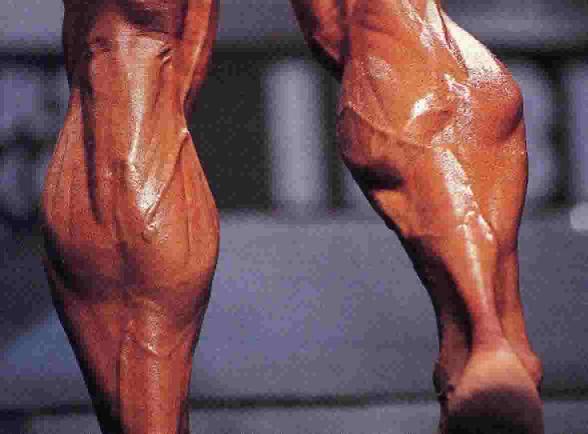You will need
- - a low-protein diet;
- - exercises on isolated muscles;
- - daily exercise;
- - work on endurance with minimal weight.
Instruction
1
Remove all the load with the big muscles fast and get to work small weak muscles. Select an exercise to work one particular muscle. Forget about the basic exercises. If to increase calf muscle doing squats, which involve a large number of different muscle groups at once, to reduce the amount of calf you will have to choose exercise, work out those muscles in isolation. For example, lifting on socks.
2
Refrain from working with medium and heavy weight. Heavy weights stimulate the fast muscle fibers. Working with free weights is also not for you. Do the exercises with minimal load or no.
3
Pay all his attention to endurance training. In order to reduce the volume of specific muscles, you must perform such work, which would weaken fast muscle fibers and develop slow. Reduction of muscle volume can be very boring and painful work, and you have to exert a lot of effort to reach this goal.
4
Do one or two exercises to reduce the muscle with the maximum number of repetitions. Two sets 80-100 times should not be your limit. If the hundredth donkey raises you still have strength, do the exercise on.
5
Exercise every day. Slow muscle fibers responsible for endurance, require constant low-intensity workload. Let the following two sets with the maximum number of repetitions will be for you a routine of daily duty.
6
Reduce the amount of protein intake. What proteins are responsible for growth and repair of muscles. Your task is to deprive the muscular fibre of the nutrient medium. In this case, after frequent and prolonged endurance training, your body will recuperate, taking glycogen of the fast muscle fibers. After all, you still doesn't involve them.
7
After a workout eat foods containing carbohydrates. Pasta, cereals, potatoes – here's what you can afford after class. Proteins can be consumed only after three to four hours.
